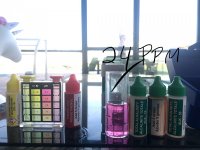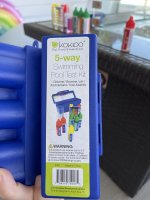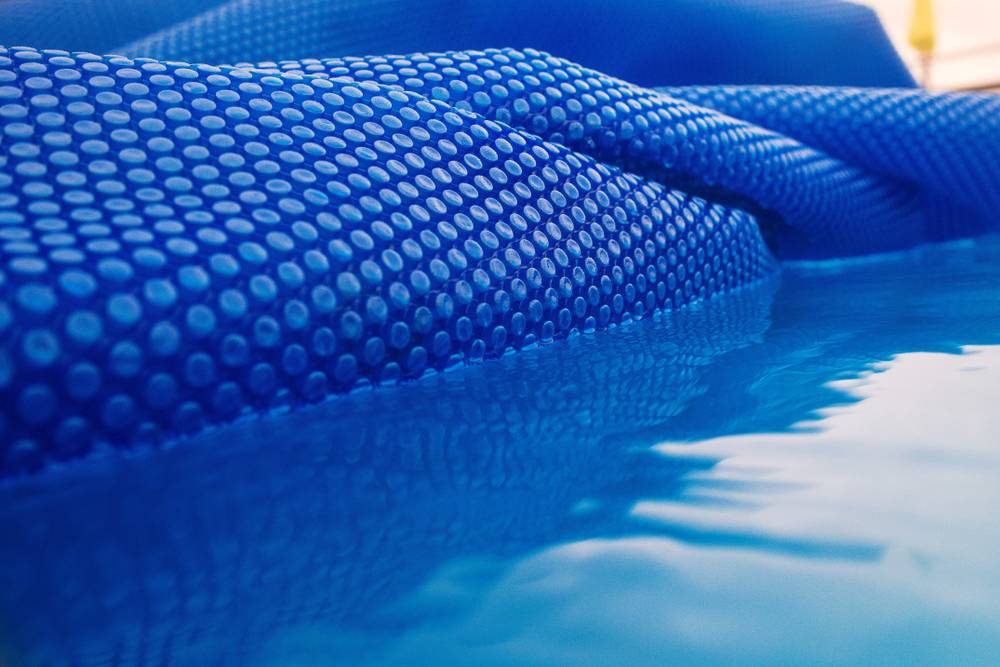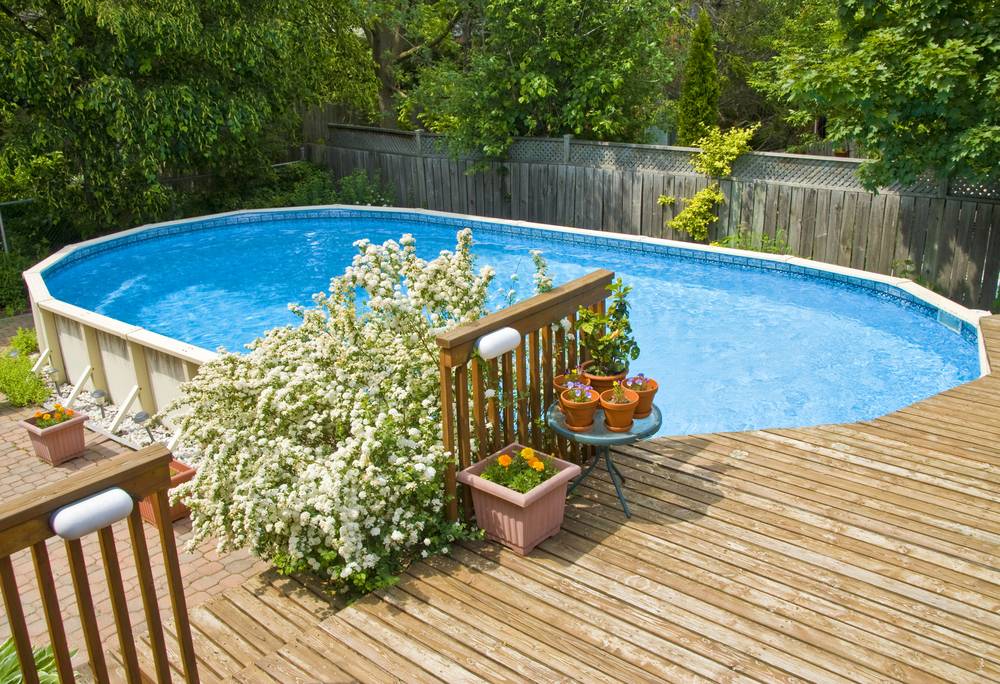- May 3, 2014
- 62,738
- Pool Size
- 6000
- Surface
- Fiberglass
- Chlorine
- Salt Water Generator
- SWG Type
- Pentair Intellichlor IC-40
The important thing right now is to get your pH in the 7's. TA of 50 ppm or greater. Then be sure to keep 5 ppm FC in the water to the best of your ability.Also, based on where we are now, what would your advice be to remedy where we are?
The tabs in the chlorinator are very acidic and they are why your pH is too low.We didn’t shock often during the winter but kept chlorinator stocked.
Ok, we will discontinue putting in anymore calcium.Correct.
I recommend that you get your own good test kit and check the chemistry and we can go from there.
I would not add any calcium chloride or calcium hypochlorite.
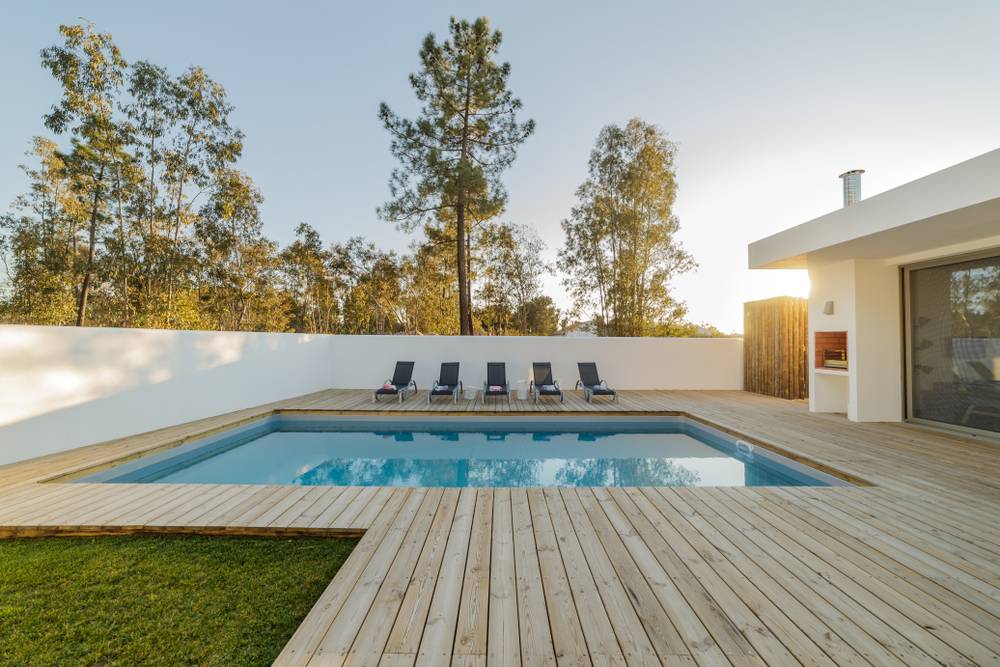
We are about 14 miles from the coast.The water may cause skin and eye issues due to the pH and TA being so off.
Now lets explore what we can do to get that water right and the pool safe to swim in. Some questions to help us guide you:
-how close to the coast are you? (general terms will work)
-Do you have any idea how high your water table is in your immediate area?
How often were you taking water to be tested?
Can you take a picture of the tablets "pucks" you were using in your chlorinator?? I'd like to see the brand, etc.
Pucks are bad to use when testing is minimal because of a couple of reasons-
1) They contain stabilizer which builds up in the pool and requires more and more Free Chlorine *FC* to allow the chlorine to work.
2) pucks are very acidic by nature and lower your pH.
3) Some contain Copper (Clorox XtraBlue sold at Costco, for example) which builds up and stains, turns hair green
WE suggest pool owners only use pucks occasionally such as when they *need more CYA Stablizer* or while on vacation if their stabilizer level isn't so high that it sends then over the edge....
Instead of pucks we suggest folks buy either Liquid Chlorine or get a salt water chlorine generator (SWG). Neither add anything other than Free Chlorine to your water.
Walmart sells 10% Liquid Chlorine in the pool section. When folks test and get their level they then use the PoolMath app to determine how much liquid chlorine needs to be added to reach their goal amount.

How to Chlorinate Your Pool
Before chlorinating your pool, you should know these simple tips. Learn the best way to add chlorine to your pool.www.troublefreepool.com
Maddie
In the warmer months we tested weekly. In the cooler months not very often.How often were you taking water to be tested?
Can you take a picture of the tablets "pucks" you were using in your chlorinator?? I'd like to see the brand, etc.
Pucks are bad to use when testing is minimal because of a couple of reasons-
1) They contain stabilizer which builds up in the pool and requires more and more Free Chlorine *FC* to allow the chlorine to work.
2) pucks are very acidic by nature and lower your pH.
3) Some contain Copper (Clorox XtraBlue sold at Costco, for example) which builds up and stains, turns hair green
WE suggest pool owners only use pucks occasionally such as when they *need more CYA Stablizer* or while on vacation if their stabilizer level isn't so high that it sends then over the edge....
Instead of pucks we suggest folks buy either Liquid Chlorine or get a salt water chlorine generator (SWG). Neither add anything other than Free Chlorine to your water.
Walmart sells 10% Liquid Chlorine in the pool section. When folks test and get their level they then use the PoolMath app to determine how much liquid chlorine needs to be added to reach their goal amount.

How to Chlorinate Your Pool
Before chlorinating your pool, you should know these simple tips. Learn the best way to add chlorine to your pool.www.troublefreepool.com
Maddie
Not sure how high the water is but we have a well point a little deeper than the pool (approx 6ft) and we don‘t see water in it.The water may cause skin and eye issues due to the pH and TA being so off.
Now lets explore what we can do to get that water right and the pool safe to swim in. Some questions to help us guide you:
-how close to the coast are you? (general terms will work)
-Do you have any idea how high your water table is in your immediate area?

You didn’t miss it. You asked a new question.I may have missed it in the other replies above, but where is the insertion point for the inline chlorinator? Before or after the heater inlet? You have a picture of that you can share?
.... and ditch those tablets. Too many "other things" in there that you have no control of the dosing.
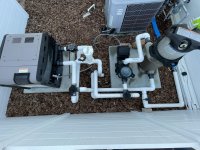
Attached is the picture of the results from the pool test we just took. The test kit we used is also attached.That is good info right there!
For now lets work with what you have to get things set up right:
-test kit-on the way=well done. Do NOT take your water to the pool store any more. Mixing pool stores and TFP does not work well. What kind of test kit do you have now? Use it to test the pH and TA so we have a base line to work with.
-find a local source of liquid chlorine. It might be the pool store. They might have jugs you can put a deposit on to get refills. Get some and start adding about an gallon each late afternoon to keep algae at bay.
-Keep the water moving. You can put some pillow fluff or an old t-shirt in your skimmer basket to help trap some of the yuck to help with the filtering. Just make sure the water can move through it.
ABCs of Pool Water Chemistry Here is a link to help you get used to TFP's pool language.
We got ya and will get that pool up and running so it is safe for you little one to jump into and use up some of their extra energy!
Kim
